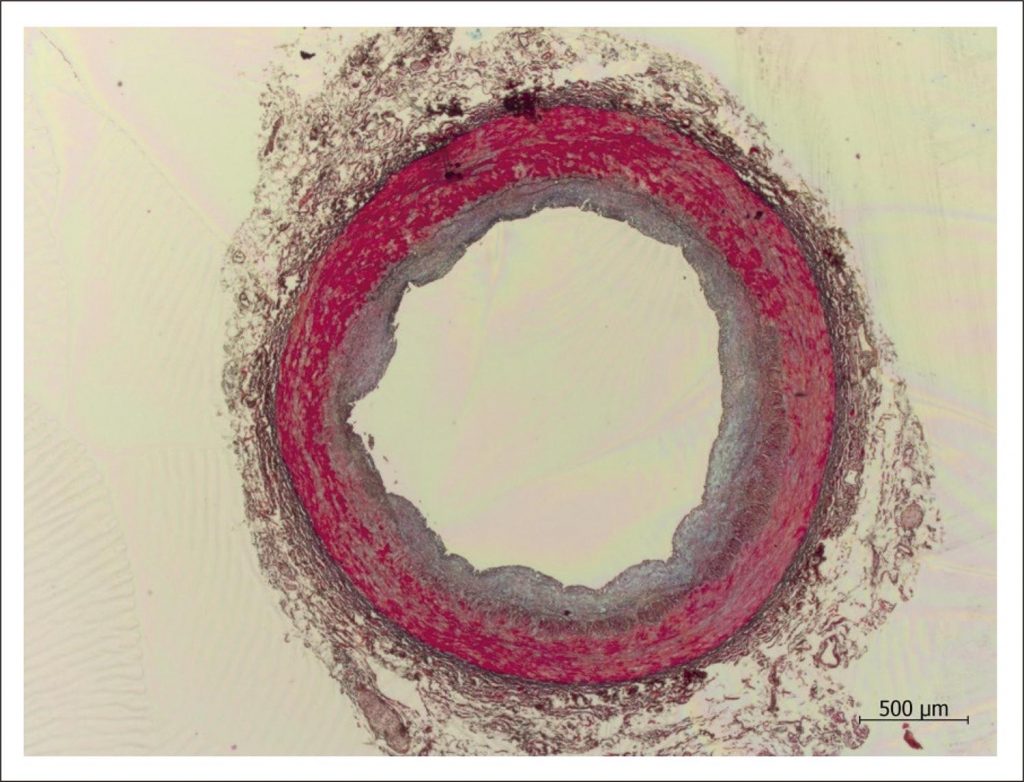Arq. Bras. Cardiol. 2022; 119(4): 542-543
Foam Cells in Atherosclerosis
This Short Editorial is referred by the Research article "Profile of IL-6 and TNF in Foam Cell Formation: An Improved Method Using Fluorescein Isothiocyanate (FITC) Probe".
In the early stages of atherosclerotic lesions, there is an accumulation of lipids in the tunica intima, which, in this location, undergo modifications such as oxidation and become capable of inducing inflammatory reactions and, consequently, the progression of the pathological process. It is worth noting that there are indications that interactions with components present in this arterial layer are important for fats to be retained and, therefore, subject to the modifications above that bring them pro-inflammatory properties. In this sense, it is interesting to note that while most mammalian species have a “virtual” arterial intima – that is, at light microscopy, the endothelium appears to lie directly on the internal elastic lamina (although observation electron microscopy reveals that this is not the case) and are less susceptible to atherosclerotic disease, species in which there is an amount of tissue that can be seen at light microscopy separating the endothelium from the internal elastic lamina, such as rabbits, pigs, apes and, mainly, human beings ( ), are the ones that are prone to such alteration.
[…]
Keywords: Atherosclerosis; Foam Cells; Pathology
1,333

